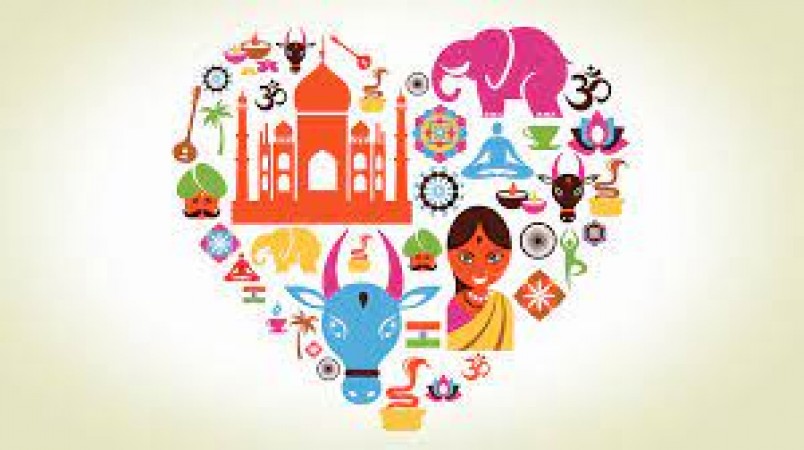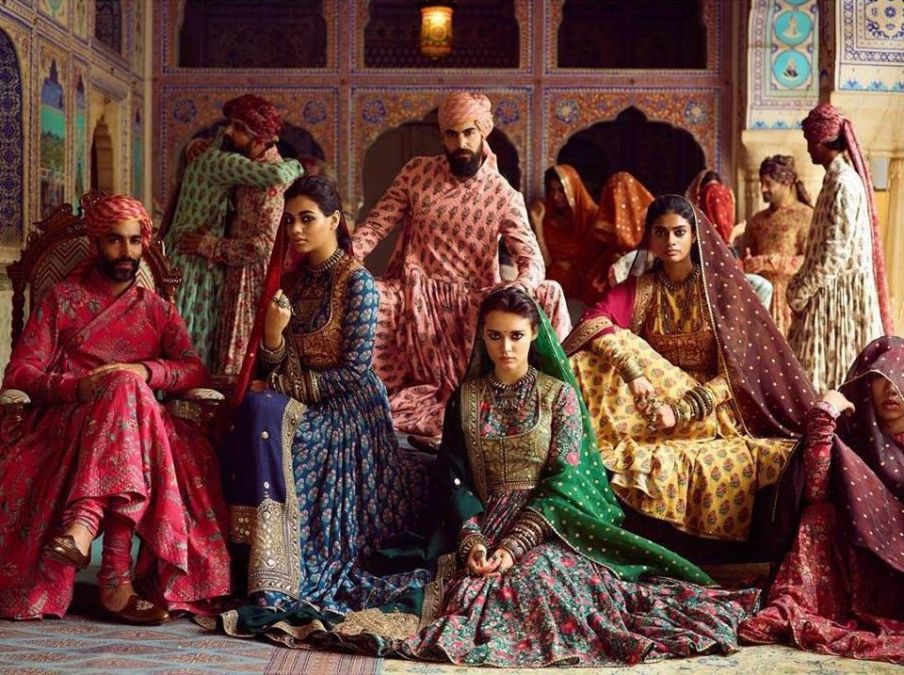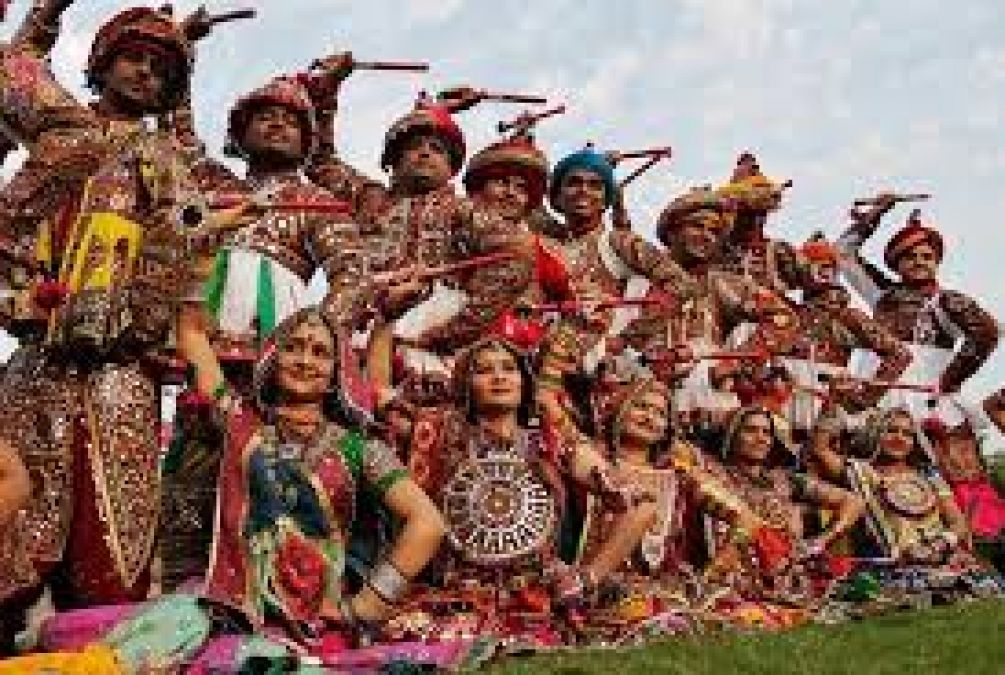
India is a land of rich cultural heritage and diversity, reflected prominently in its traditional costumes. Each state in India boasts a distinct and colorful array of clothing styles that not only represent their unique cultural identities but also showcase the country's multicultural tapestry. The diverse costumes across different states of India beautifully reflect the country's cultural mosaic and heritage. From the vibrant colors and intricate embroidery of Punjab to the regal attire of Rajasthan and the grace of Tamil Nadu's silk sarees, each state boasts its own distinctive styles and traditions. Exploring the Indian costumes across states not only provides a visual treat but also deepens our appreciation for the rich cultural tapestry and the unique identities woven into the fabric of this incredible nation.
Also read - Styling Tips: With the help of these tips, carry the traditional dress in a modern way
Indian theater and performing arts
Traditional Indian art and craft forms
Punjab: The traditional attire of Punjab is renowned for its vibrancy and exuberance. The women don the striking and beautifully embroidered Phulkari suits, featuring bright colors and intricate floral patterns. Men often wear the traditional kurta, paired with a loose-fitting pajama and a distinctive turban known as the Pagri, symbolizing honor and pride.

Rajasthan, known as the land of kings and queens, presents a stunning display of regal attire. Women wear the magnificent Ghagra Choli, a voluminous skirt paired with a form-fitting blouse, adorned with mirror work and intricate embroidery. Men often opt for the traditional Bandhgala or the flowing Angrakha paired with dhotis or churidar pants. The turbans, called Safa or Pagri, are an integral part of the Rajasthani ensemble and vary in style and color across different regions.

Gujarat showcases the timeless beauty of the traditional Garba attire. Women adorn themselves with the graceful and vibrant Ghagra Choli, featuring intricate mirror work, tie-dye prints, and embroidery. Men wear the traditional Kurta Pyjama or the Kediyu, a pleated shirt paired with a dhoti or pants. The colorful and ornate costumes are often complemented by traditional accessories like oxidized silver jewelry and vibrant turbans.

Tamil Nadu:In Tamil Nadu, the traditional attire for women is the graceful and elegant saree, typically woven from silk. The Kanjeevaram sarees are especially famous for their rich colors and intricate gold thread work. Men wear the traditional Veshti, a dhoti that is wrapped around the waist and often paired with a shirt or angavastram (a stole). The attire is often adorned with gold jewelry, including necklaces, earrings, and bangles.

West Bengal is renowned for its artistic and graceful traditional costume, particularly the saree. The state's iconic attire is the handloom saree known as the Jamdani or Baluchari saree, featuring exquisite weaving and intricate motifs. Women also wear the elegant white and red-bordered saree known as the Shantipur saree during auspicious occasions. Men traditionally wear the Dhoti Kurta or the Panjabi with the Dhuti, a draped lower garment.

Kerala:Kerala's traditional costume showcases simplicity and elegance. Women wear the traditional saree known as the Kasavu or Mundum Neriyathum, featuring a cream-colored fabric with golden borders. Men often opt for the white Mundu, a dhoti-like garment, paired with a shirt known as the Mundu Veshti. Women also adorn themselves with traditional jewelry like the Mullamottu Mala (jasmine flower necklace) and gold ornaments.
